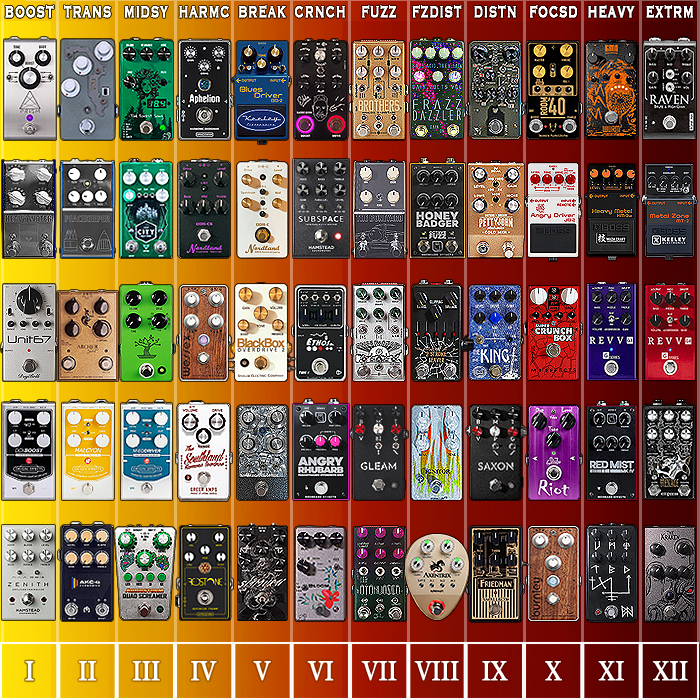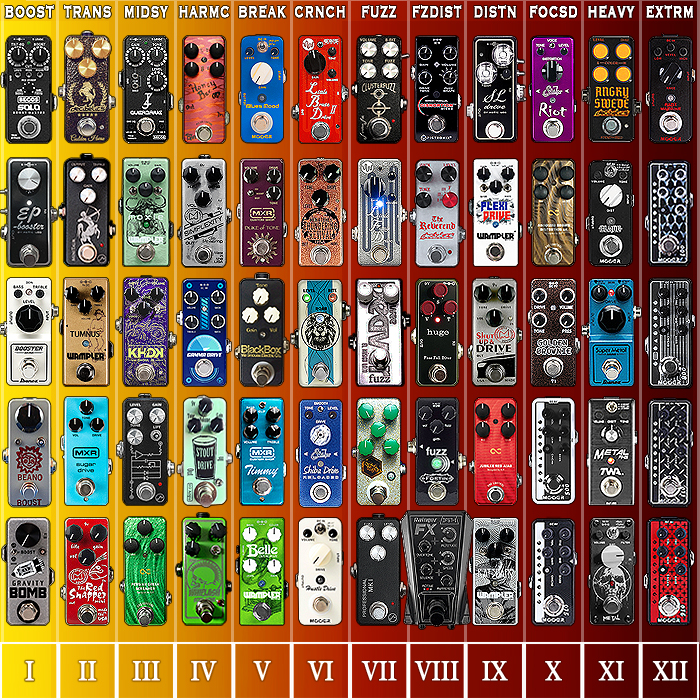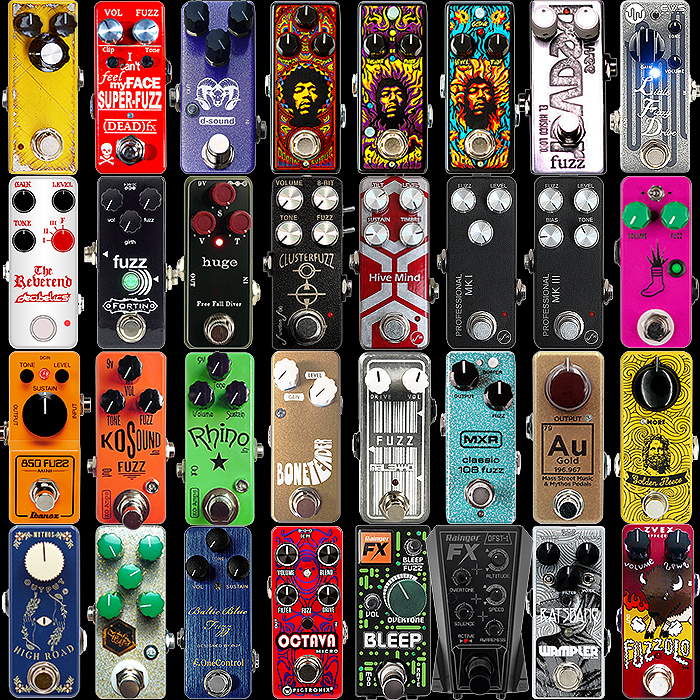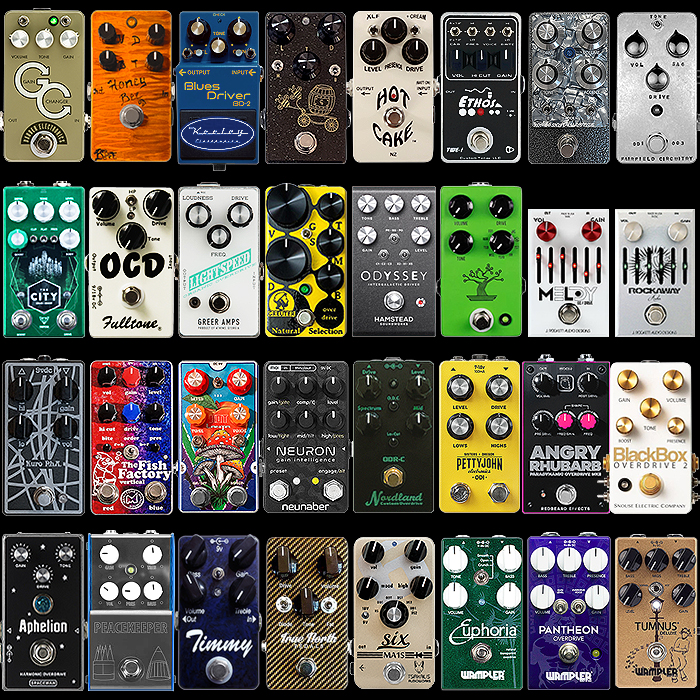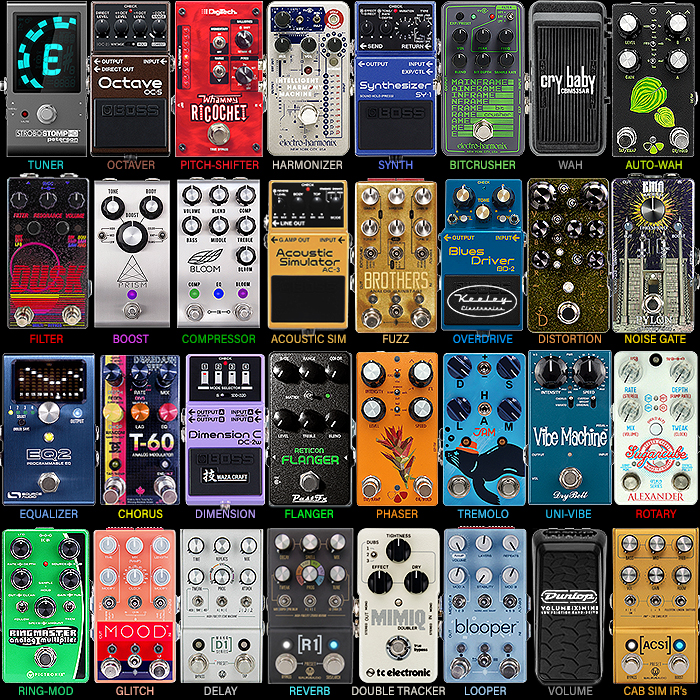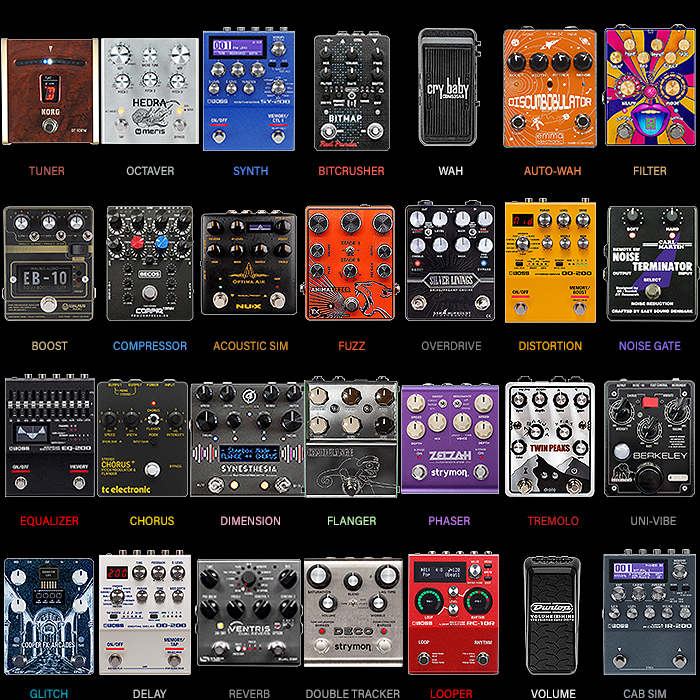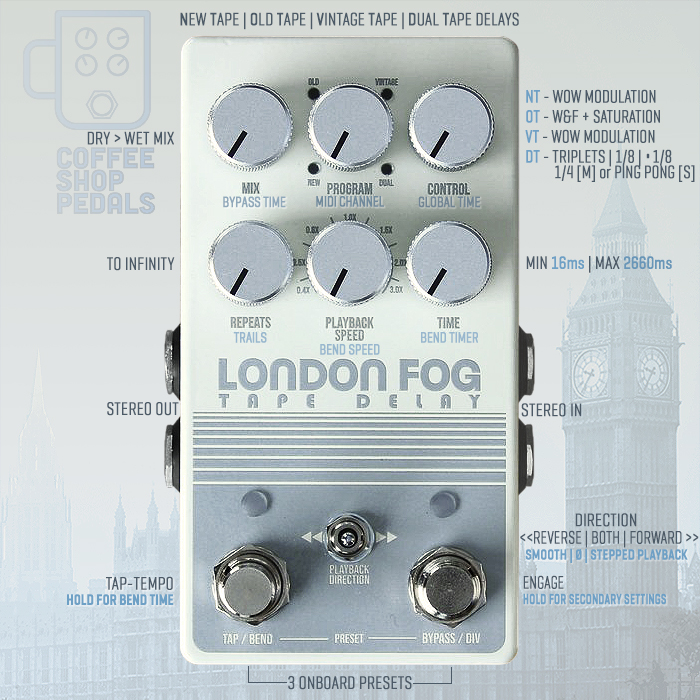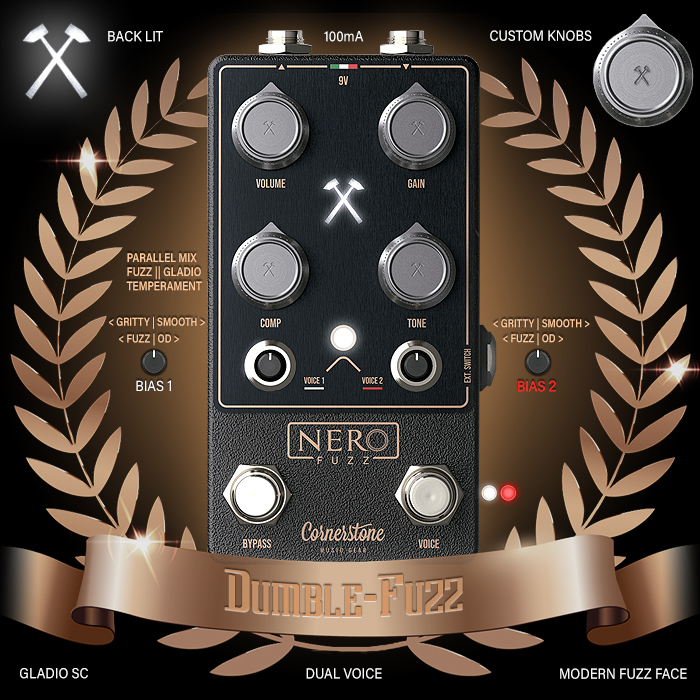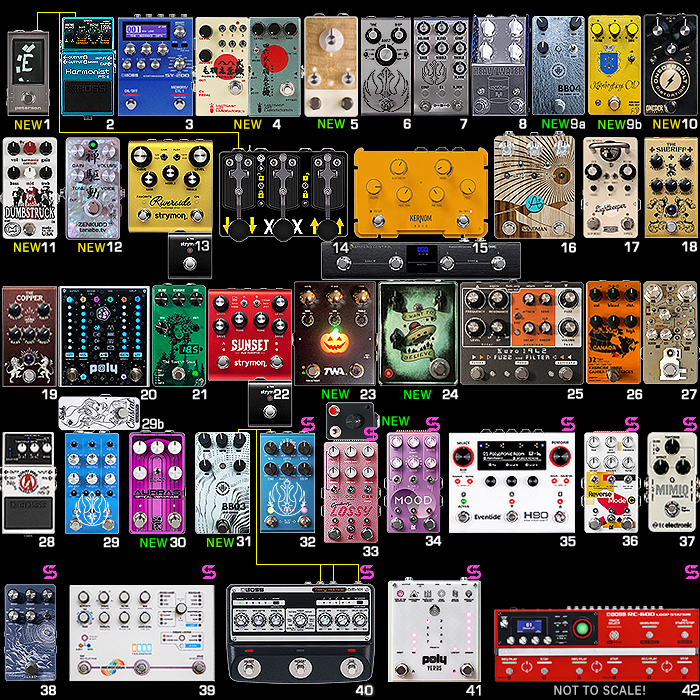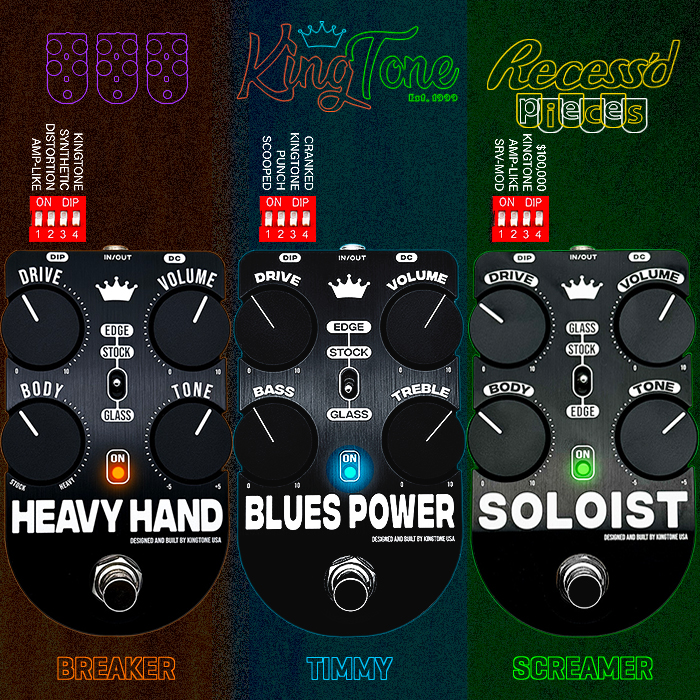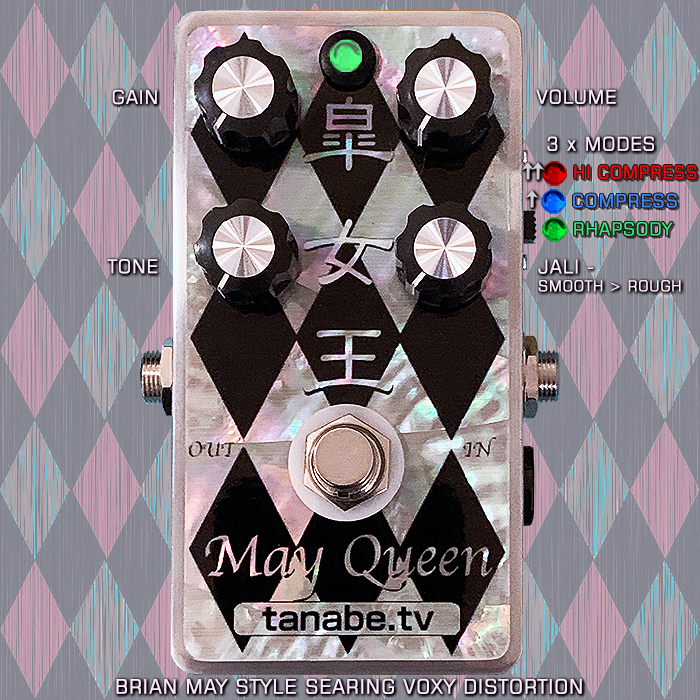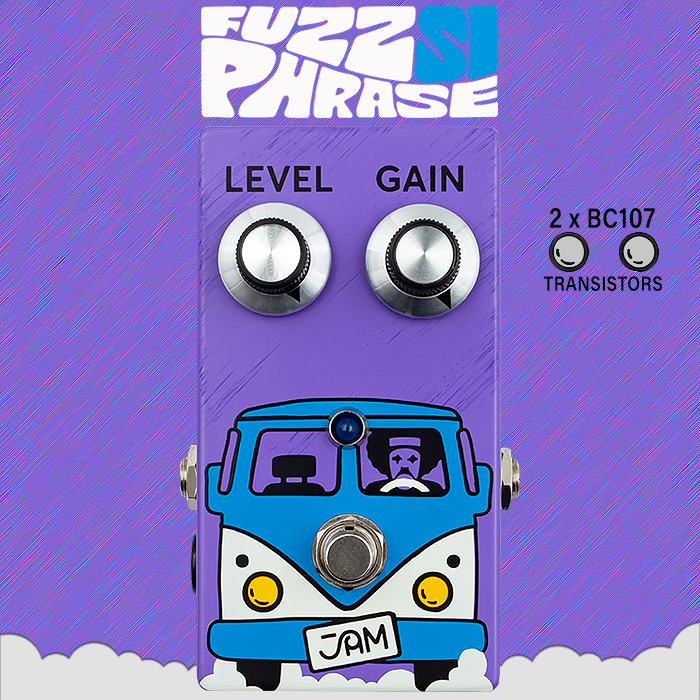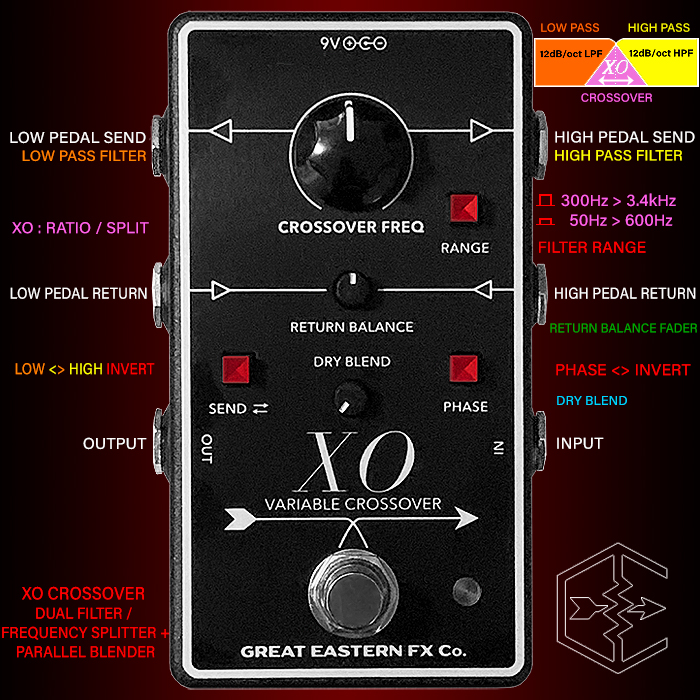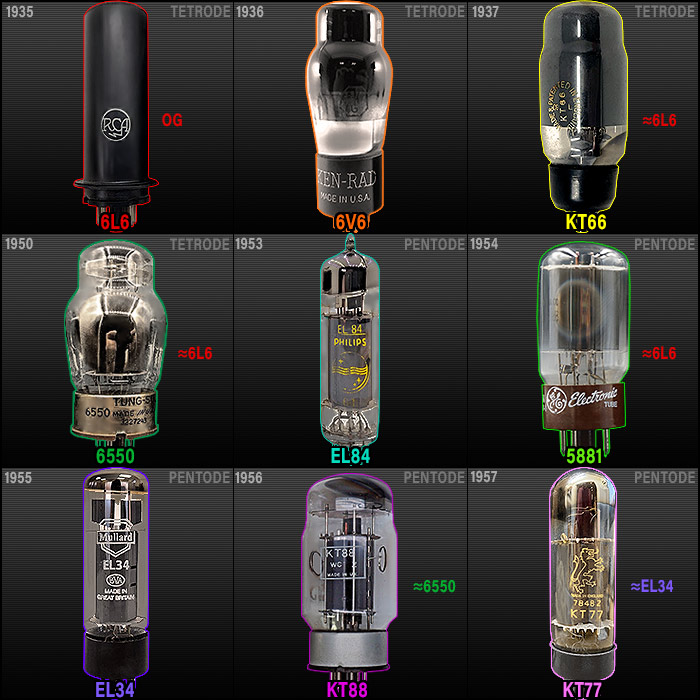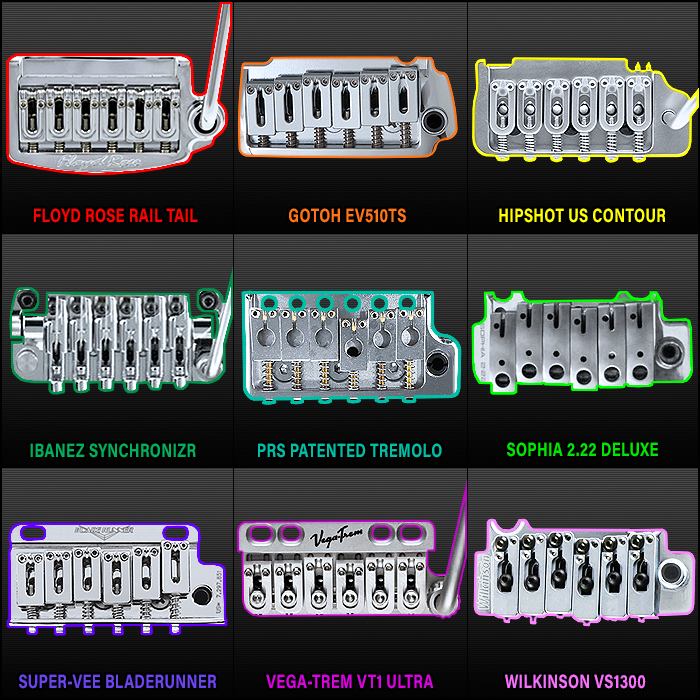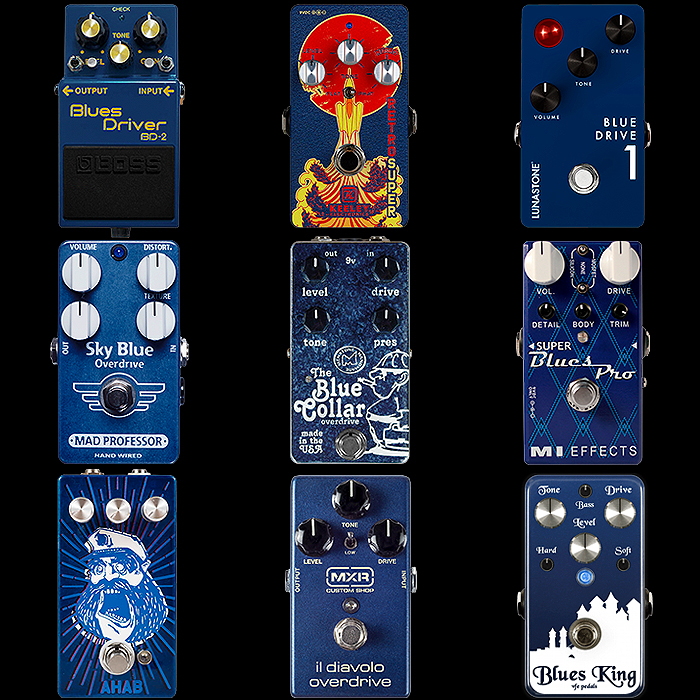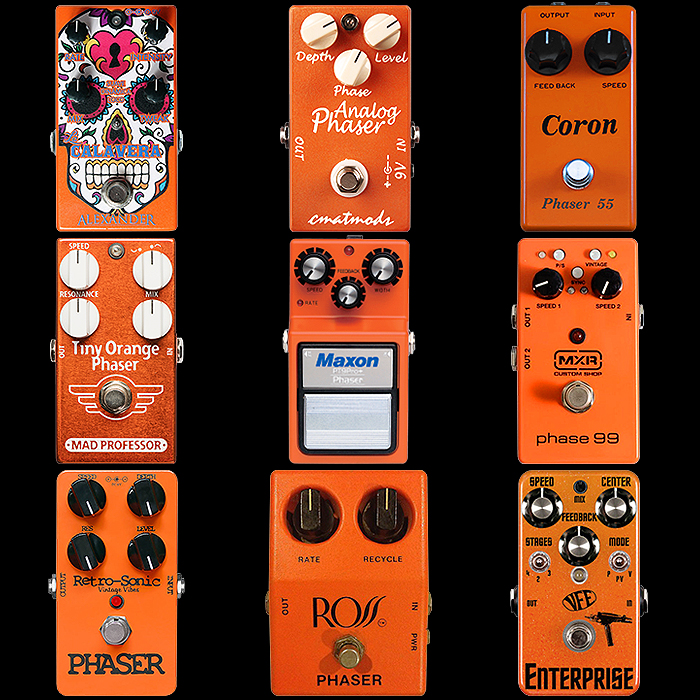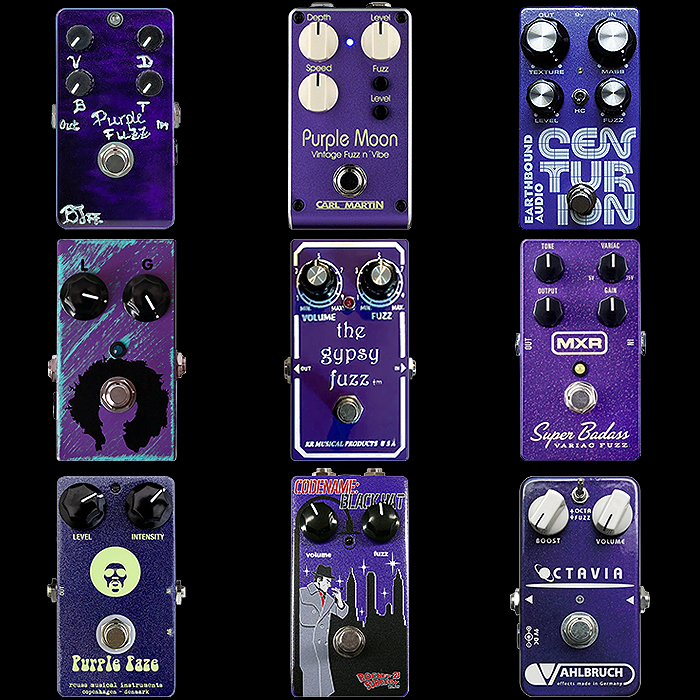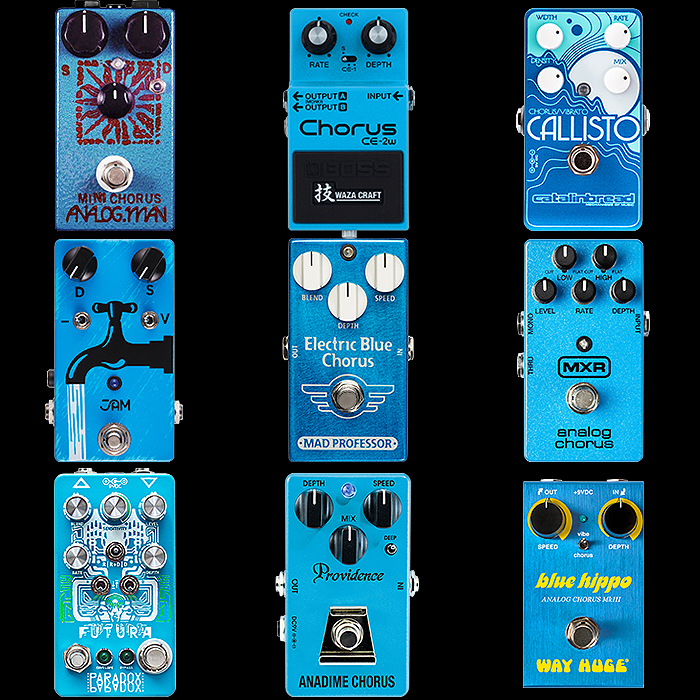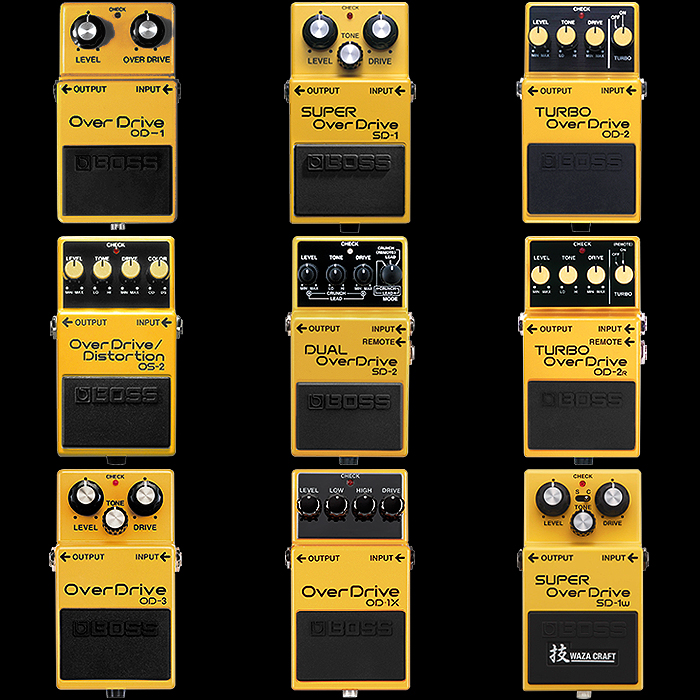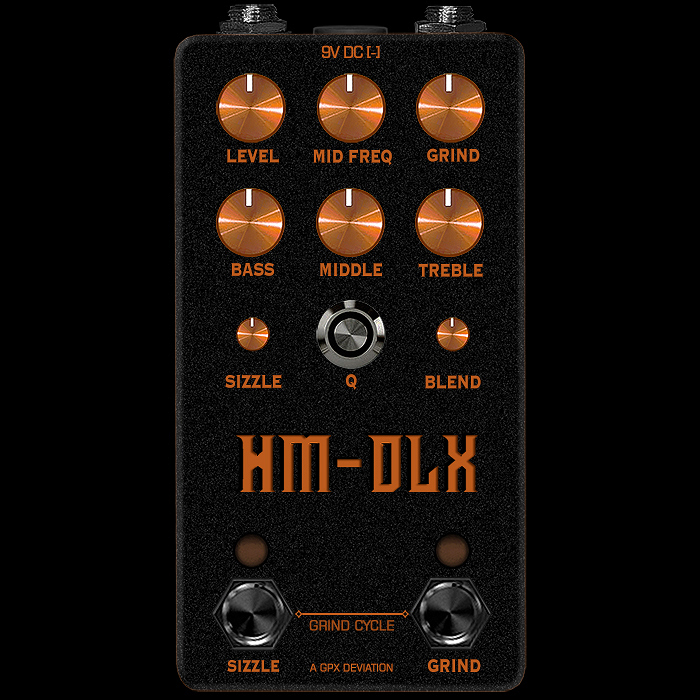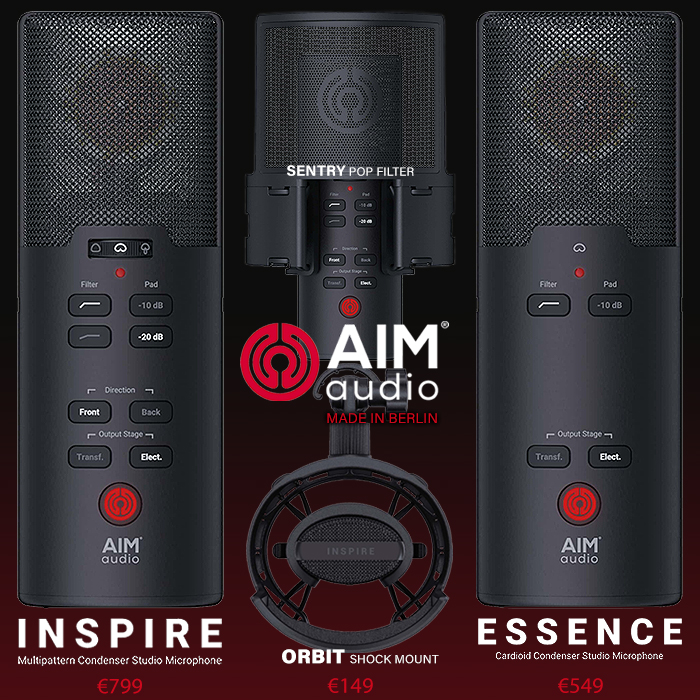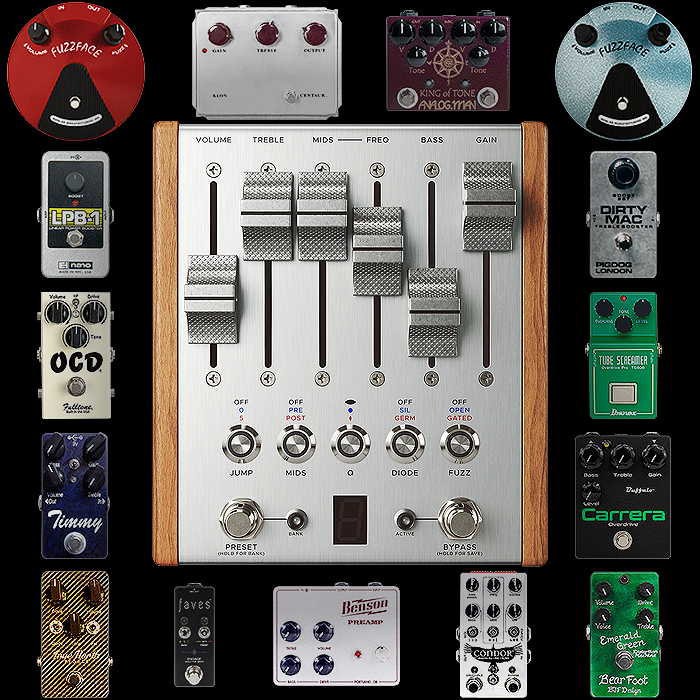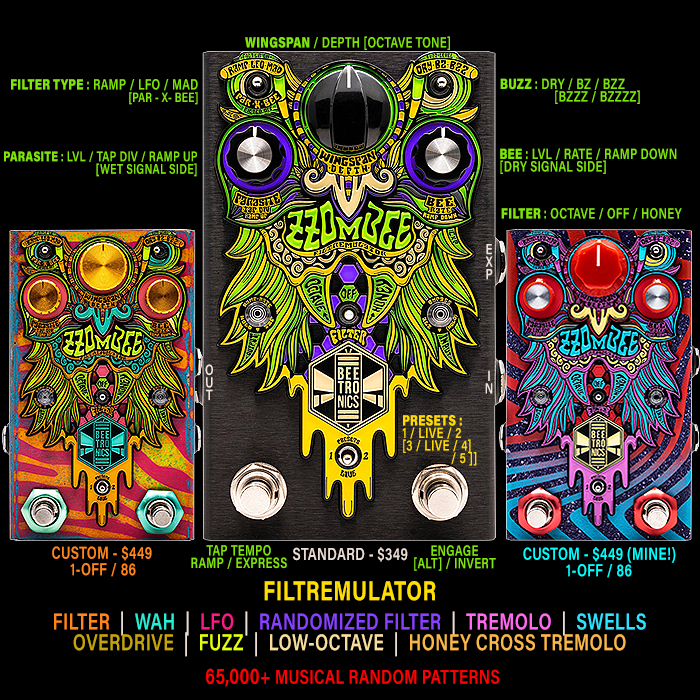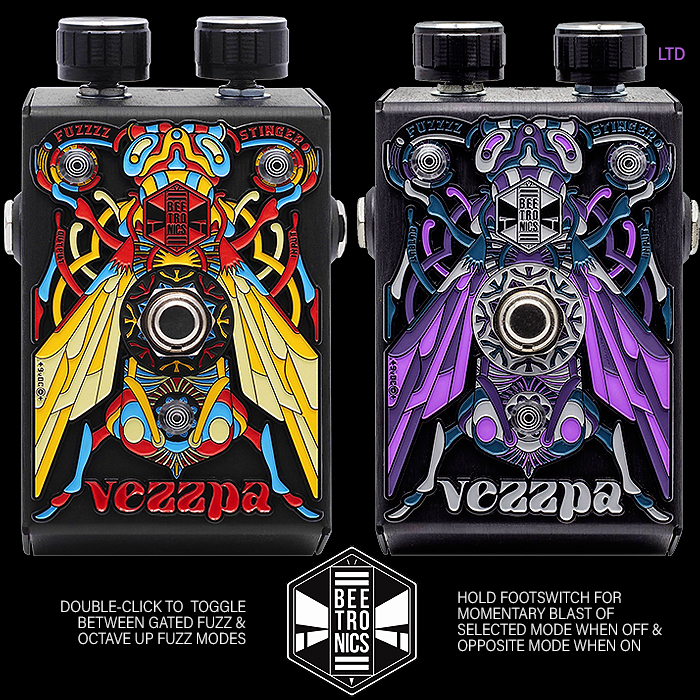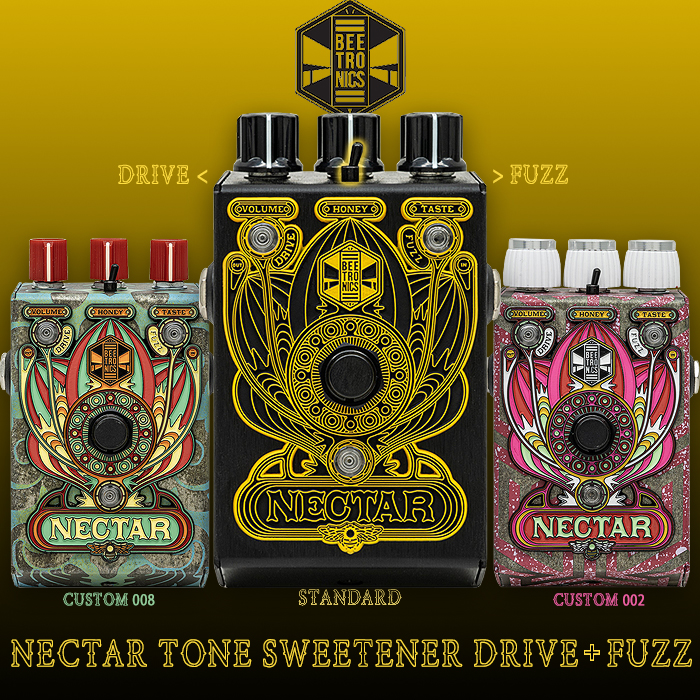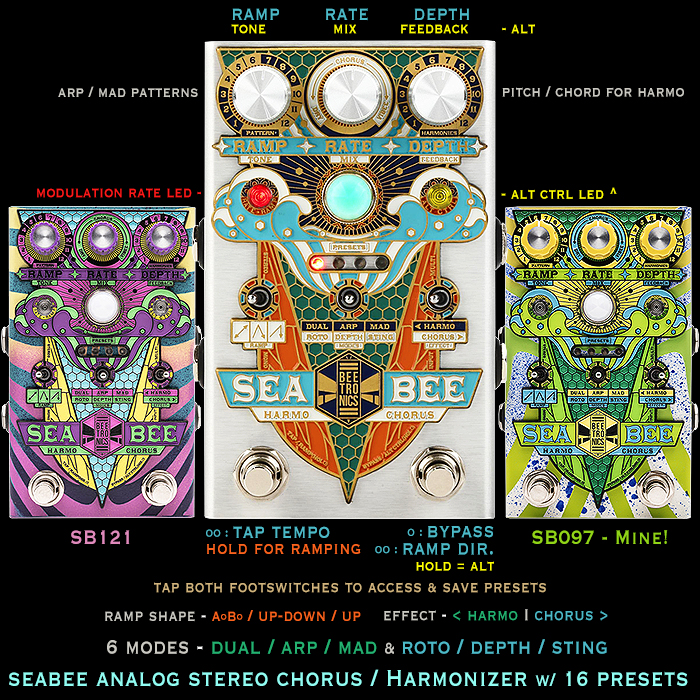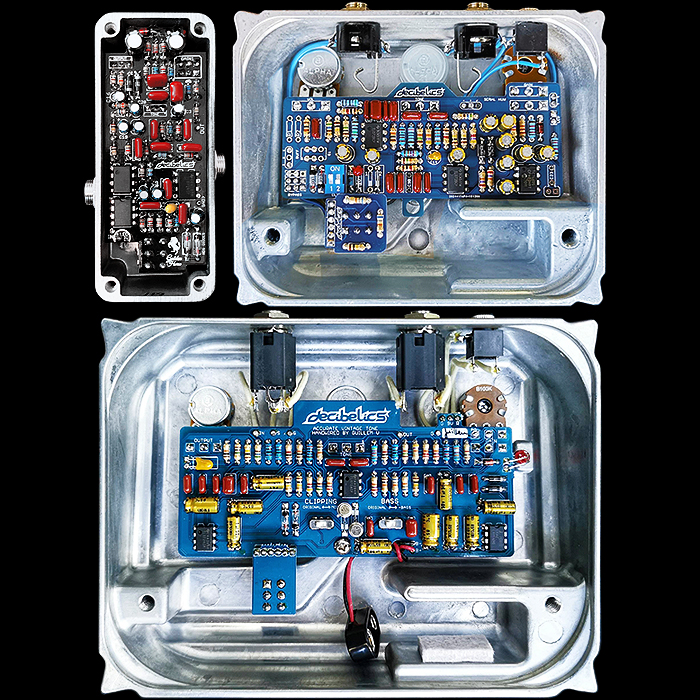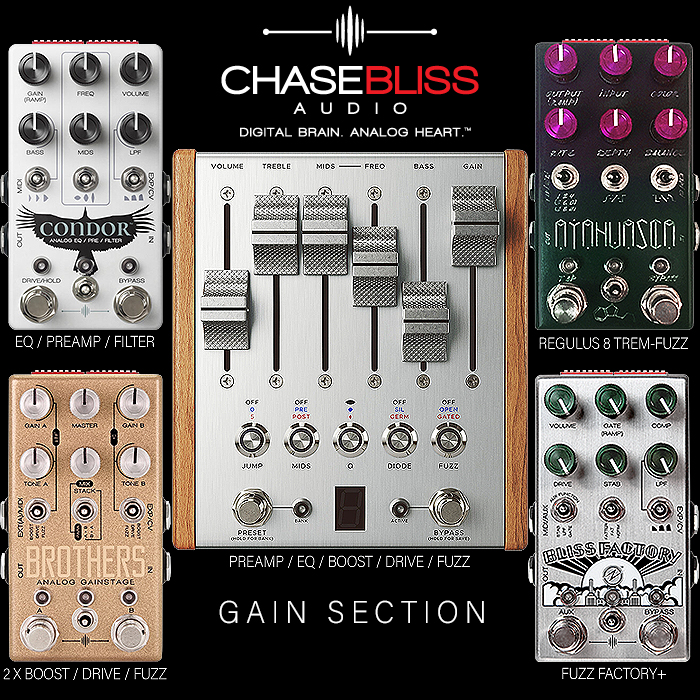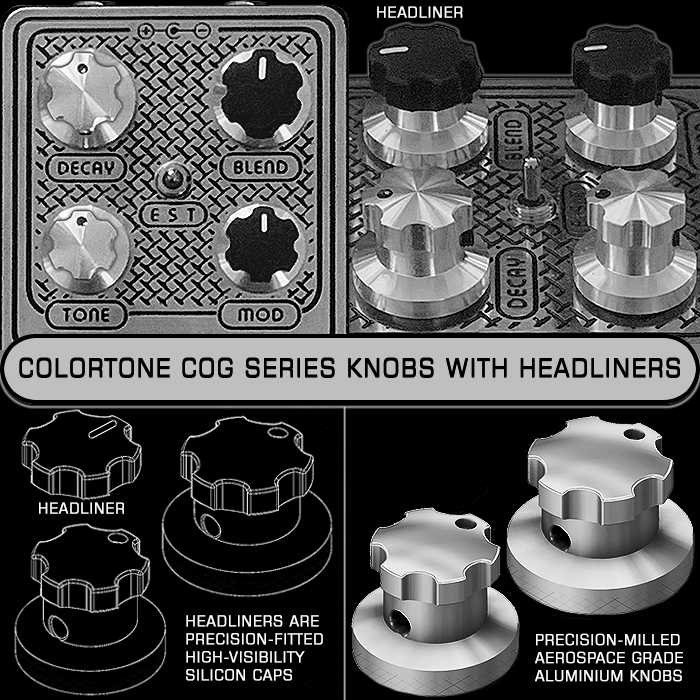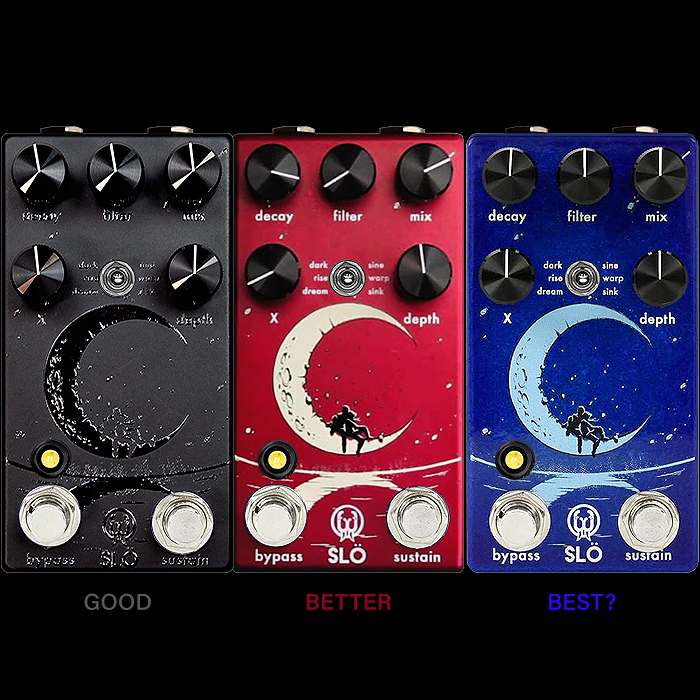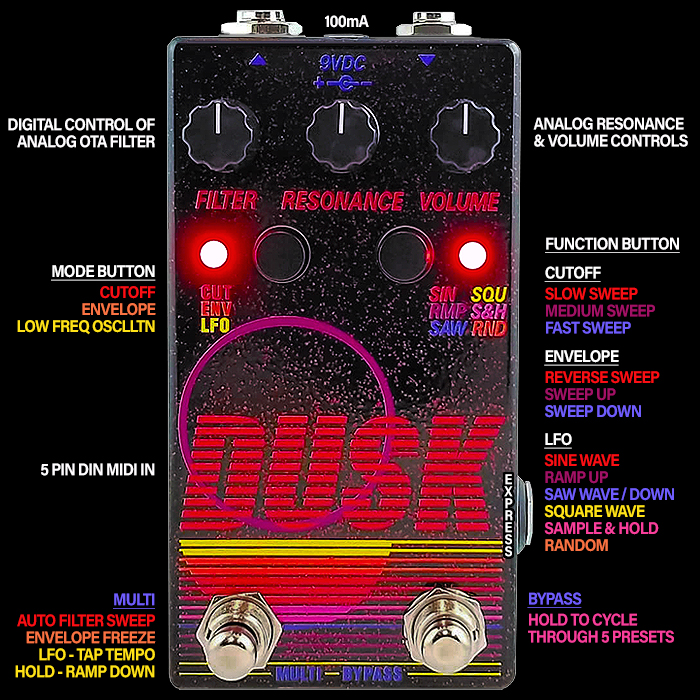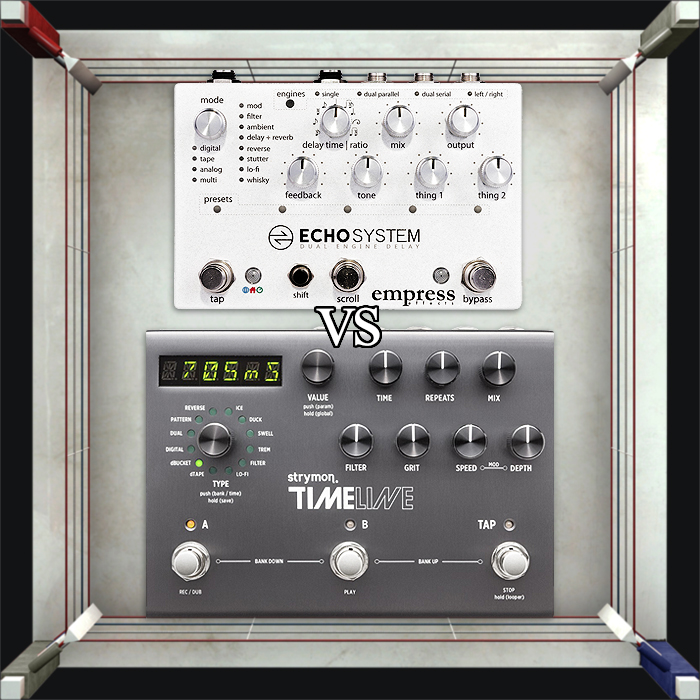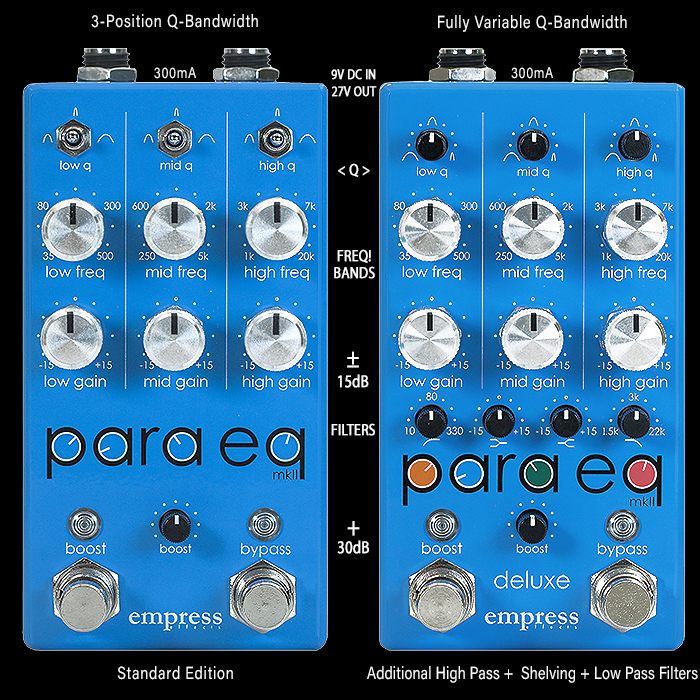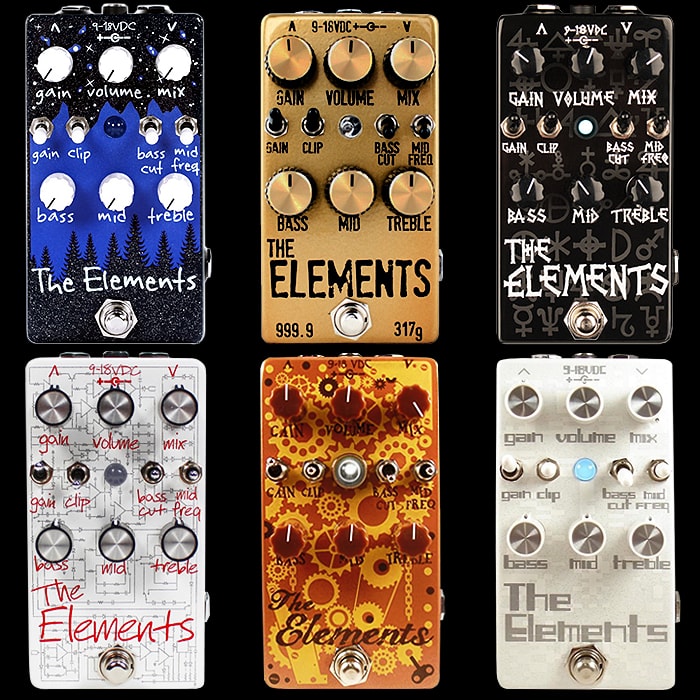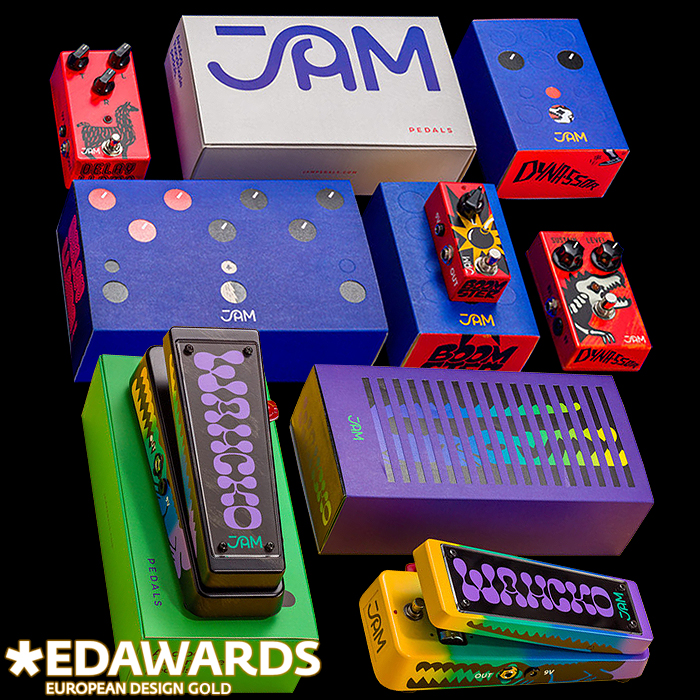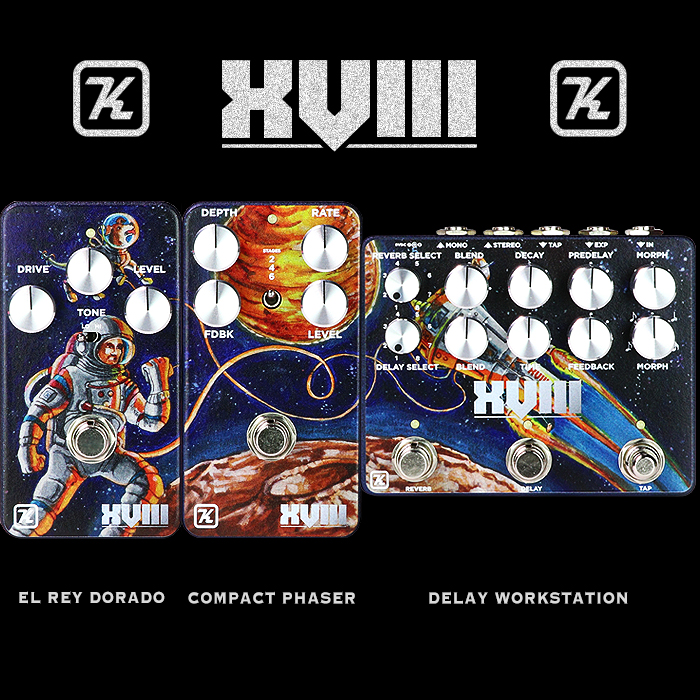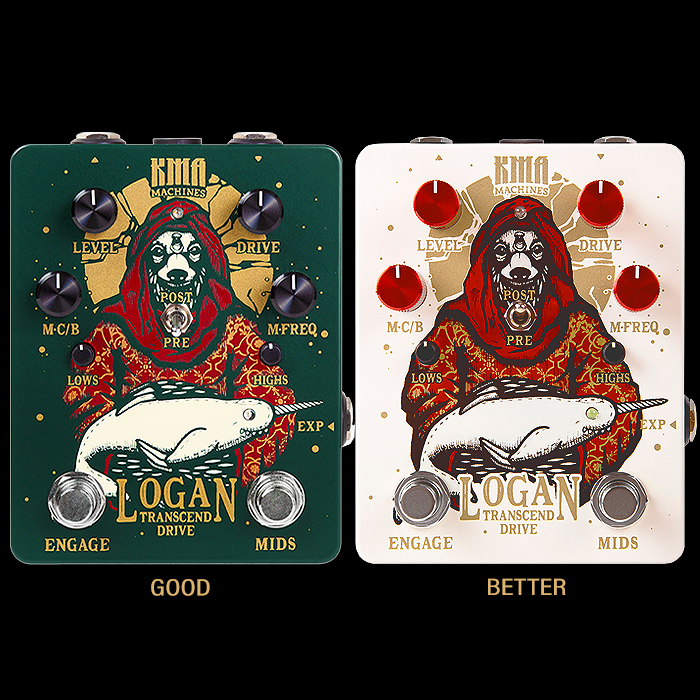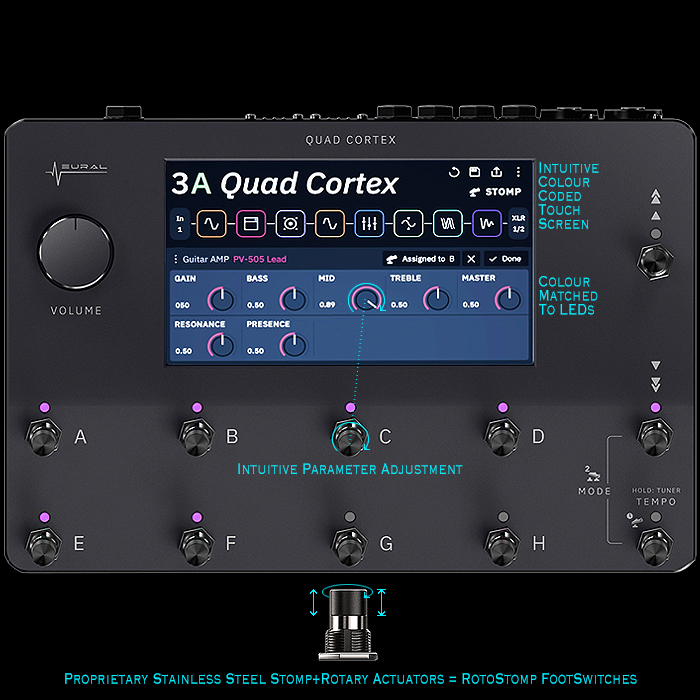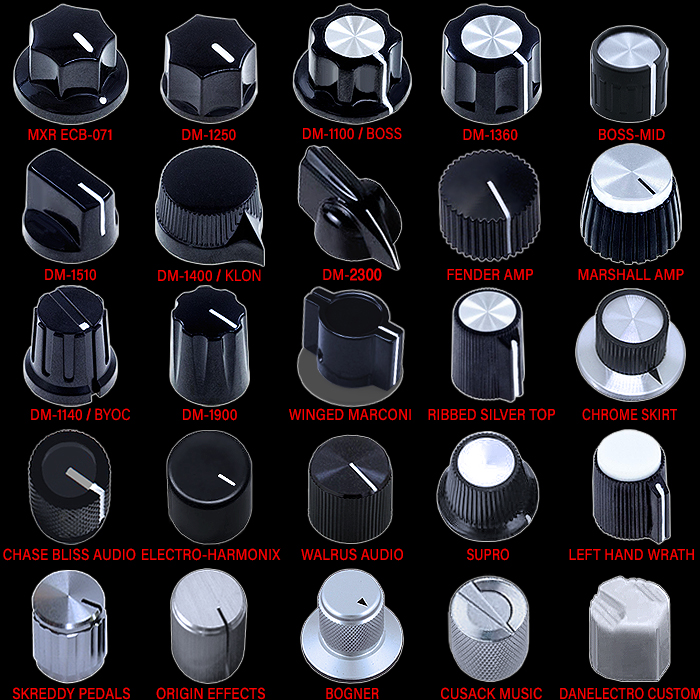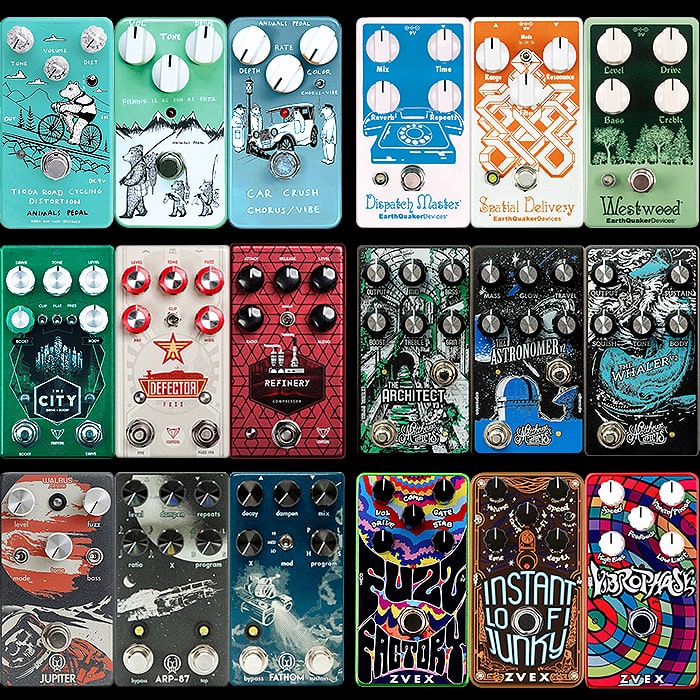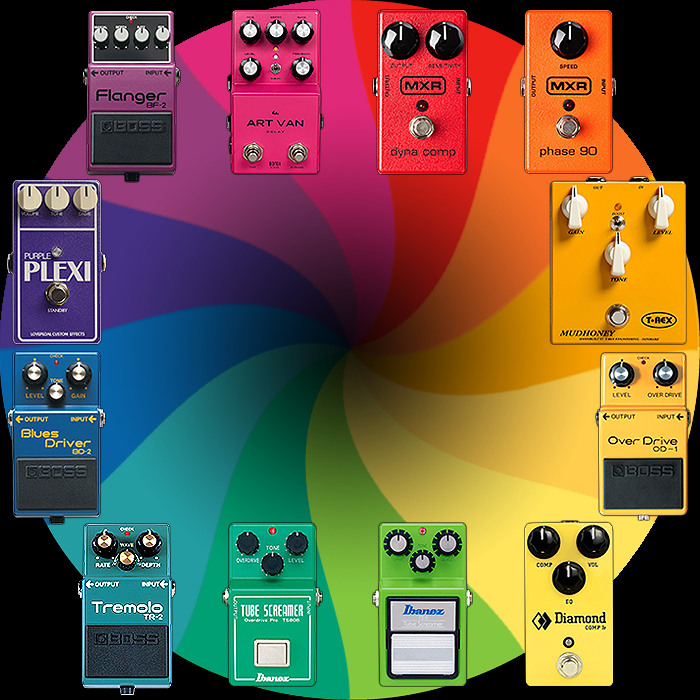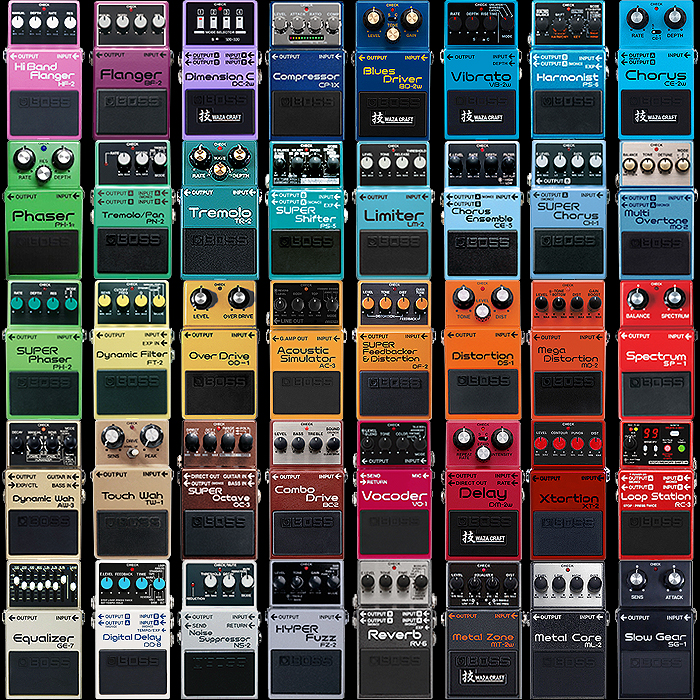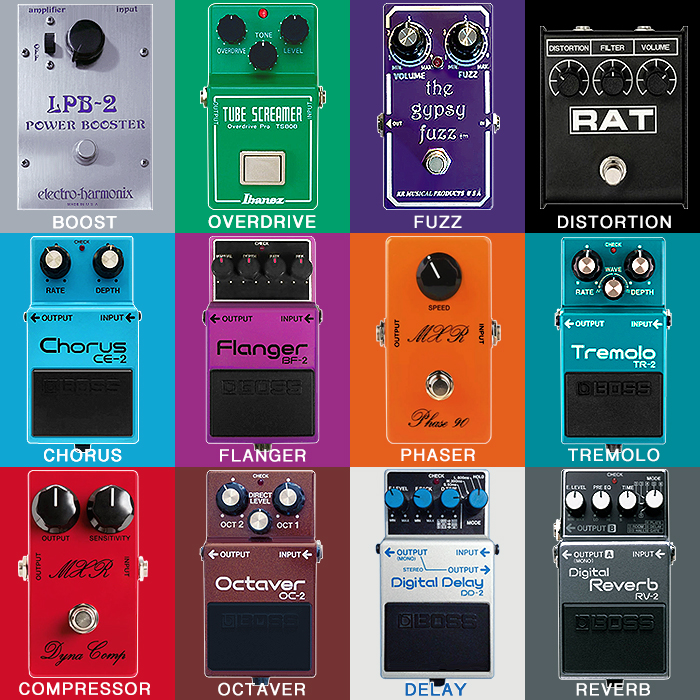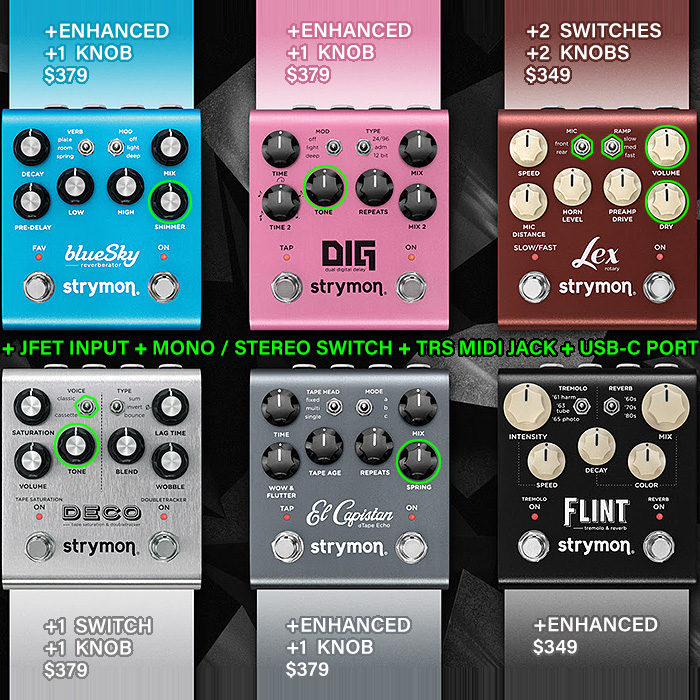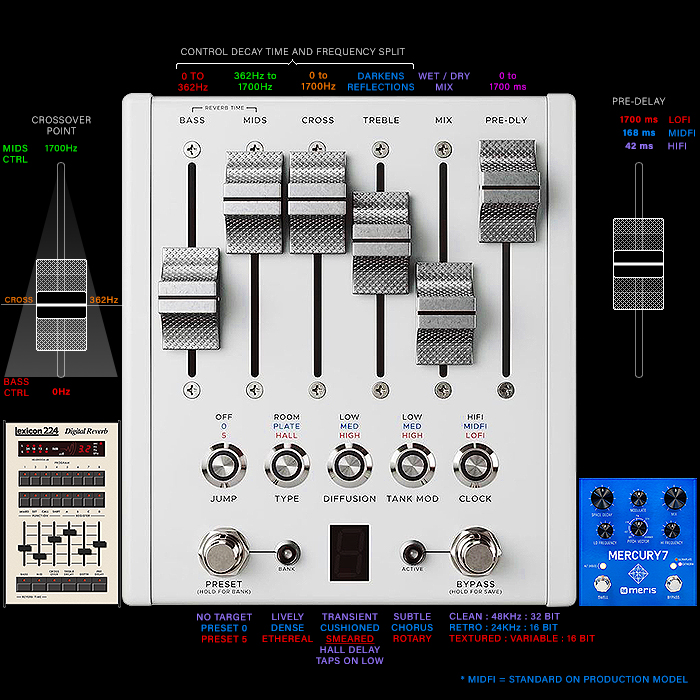The Overlooked Art of Pedal Manual and Instruction Guide Design
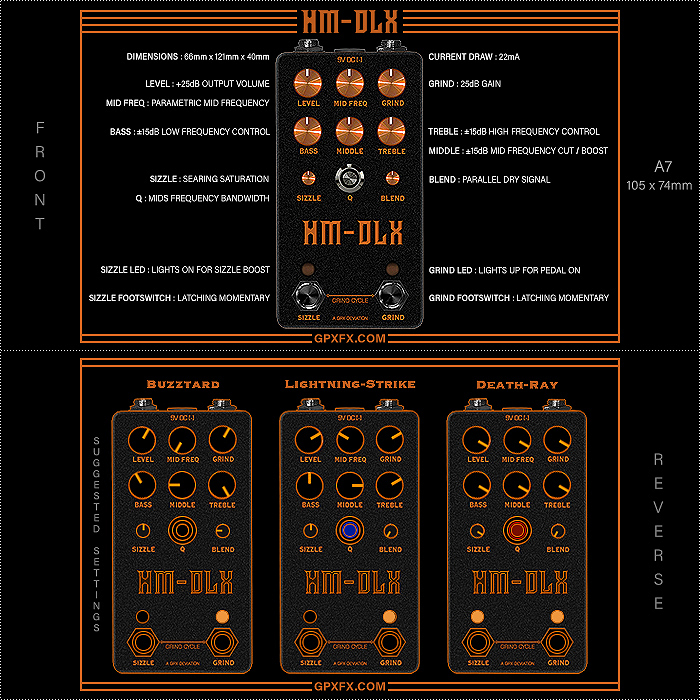
Following on from features on enclosure design and artworks, interior circuit arrangements and packaging - I felt it necessary to focus on the much neglected art of the Pedal Manual and Instruction Guide. Over the years I’ve seen a huge variety of instruction guides included with my hundreds of pedals - from flimsy black-and white photostats - just overly-folded sheets of low-quality paper really with barely legible text - through to more well-considered and actually smartly engineered manuals and quick start instruction cards.
For me the high water mark of manuals overall belongs to Lego - whose output continues to amaze me to this day. IKEA does OK guide-sheets - the instructions are clear, but the paper typically flimsy - while those actual instructions and format are highly usable and intuitive and perfect really for that particular task.
For pedal brands there are far too many throwaway efforts out there - which are really not in line with the attention to detail that is poured into the creation of a pedal circuit, enclosure, artwork, interior or packaging even. So this article is really a community petition to encourage a more concerted effort from pedal-makers in the instructions / manuals area.
I’m not going to mention any names of companies I feel fall short of the standard - but you will often find either no manual at all or some simple vague printed sheet or even a multi-fold document like some medication side-effects or contra-indications fact sheet.
In my main image I’ve drawn and extrapolated from my favourite Manuals - as is revealed below. Where for me the ideal format in most circumstances is some sort of quick start card - just the right size to fit flat in the pedal box / packaging. My average pedal box is around 140mm x 80mm - which means the A7 page / card size is the perfect fit at 105mm x 74mm. A6 at 148mm x 105mm is rather too large - although used quite commonly for larger pedals / boxes.
The best of the Instruction Cards you get in this format - I often prop up next to the new pedal I’m checking out for the first time - for quick and easy reference. You don’t really want to have to go online and print off a sheet or manual - what you want is a brief and to-the point shortcuts overview - with some example settings on the reverse - just your basic starter for 10.
Pedals are variously differently calibrated and optimised - so it’s always good to know the recommended starting positions for a pedal’s first exploration. My above example which I extrapolated from my HM-2 Deluxe Visualisation Mockup - covers all the key ground as far as I’m concerned. Photo-realistic picture of the pedal with control legends on the front, and easy-to-see outline references of some key settings / starting points on the reverse.
This could be executed in a variety of fashions - and could work fine as a monochromatic print - with black outlines onto white on the front, and reversed white outlines out of black for the settings on the reverse. You could minimise costs as needed via colour choice. While I feel that as with business cards you need the right density of feel for the card thickness to make it feel like you’re dealing with something of high quality - and thus elevating the brand.
As per immediately below - Beetronics does exactly one half of this style of card - while the reverse of their Quick Start / Instructions Cards are nowadays just a Beetronics FX logo in business-card format - something that can easily be remedied though. Size-wise we’e talking about something which fits in the pedal-box - so really around Postcard / A6 / A7 format dimensions or thereabouts. The Beetronics cards I have are roughly A6 for the Royal Jelly, and A7 for the Swarm and Octahive.
As mentioned previously A6 equates to 148mm x 105mm and A7 equates to 105mm x 74 - the latter being the most suitable choice for most - to fit in the typical 140mm x 80mm pedal box!
Beetronics FX
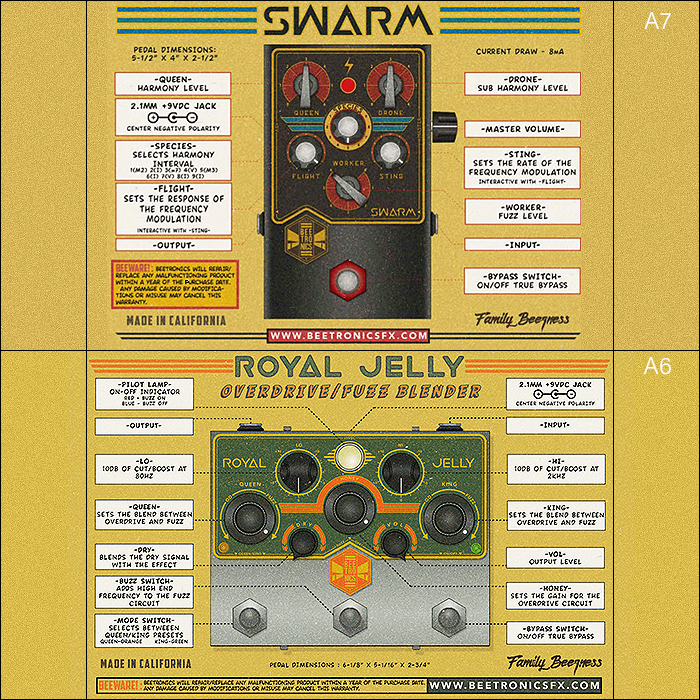
As with so much that Beetronics do - their attention to detail is pretty phenomenal on the instructions side too. Where each pedal comes accompanied by a Quick Start Instructions Guide which features a full-colour pedal illustration with legends on one side, with the Beetronics logo or related artwork on the rear.
I would change the reverse of the cards to fit in some suggested settings for sure - per my own top example. I feel really that this is the only area which Beetronics need to improve in - generally their standard of design-centric attention to detail is second to none - and they've featured in numerous leading examples on this very site.
As I stated in my packaging article - the degree by which unboxing can be a key part of the pedal bonding experience - and so by extensions the inclusion of a handy quick-start card just makes the whole experience that much better. As I state in the intro, I feel that the Beetronics take on manuals is probably the best approach for most pedal-builders - just with some suggested settings on the reverse!
As mentioned the larger Beetronics Instruction Cards are circa A6 size, while most are of the A7 size.
Strymon
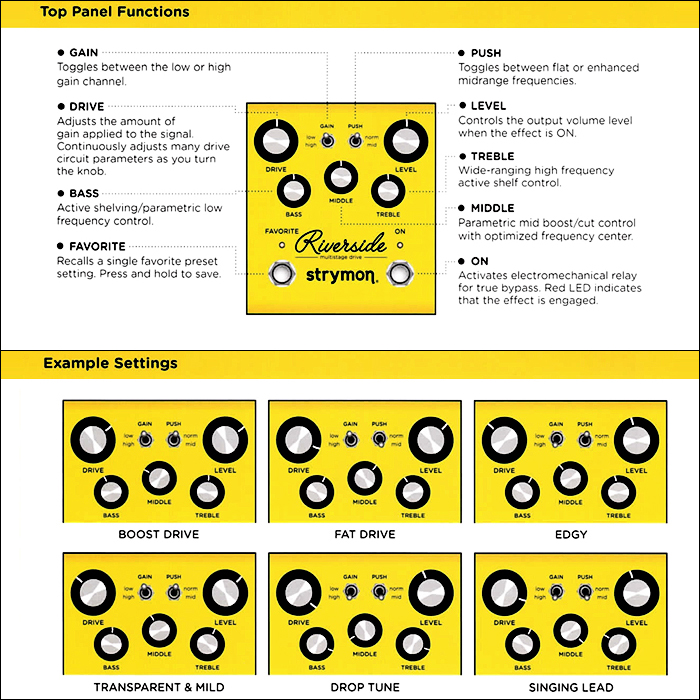
I've had a variety of different manuals for my various Strymon pedals over the years - including the Volante most recently - for which the manual is an 8 page gate-fold and has no suggested settings per se. My favourites here are the ones that came with the Riverside and Sunset drives - sort of 6-age Z-fold triptychs - with all the requisite parts / references prominently on display. I feature here the manual for the Riverside Multistage Drive pedal.
I've in fact extracted two of the Riverside manual's pages for my above visual. Obviously with a 6-page format you can communicate a little more - these are significantly larger than the largest of Beetronics Instruction Cards - which in part can be explained by the bigger Strymon pedal boxes. The above visual consists of two whole pages from the business-side of the 6 page manual. Each page is circa 164mm x 90mm in dimensions.
These manuals are exceedingly pictographical and really easy to pick up on - with beautiful clean lines and spacing wholly consistent with everything else that Strymon does. Probably I should have included Strymon too in my recent packaging roundup. Ironically for these guides - two of the pages are really not used at all - so Strymon could have gotten away with doing this as a more conventional 4-pager, but decided on the Z-fold as it opens up to a rather beautiful diorama of everything you need to know about each pedal.
Definitely another valid references for this exercise - while the larger format will suit far few scenarios.
Chase Bliss Audio

In my recent packaging feature I related how the Chase Bliss Audio Bliss Box was my favourite pedal unboxing experience - and a decent chunk of that was down to the superb manuals that were included. Every CBA pedal is a complex proposition with its multiple knobs, switches and 16 dip-switches - and thus you need decent coverage on every aspect of those controls, and how best to deploy them.
Even though there is a part of the process that is like unfurling a big map - these multi-fold concertina manuals have no less than 6 x 2 panels per side for 24 separate pages as such - with no less than 10 suggested settings references - each one taking up a page. The manual's dimensions are circa 85mm x 130mm x 5mm.
Once you fold the manual out flat you end up with something of a giant version of my take up top - with the guidance for the controls on one side, and the suggested settings on the reverse. The only time the manual deviates significantly is for the Blooper - which of course has another whole degree of complexity - and needs more space dedicated to explaining all the different functions, modifiers etc.
The above visual is a somewhat simplified composite of its original for optimised display purposes within this article!
Empress Effects
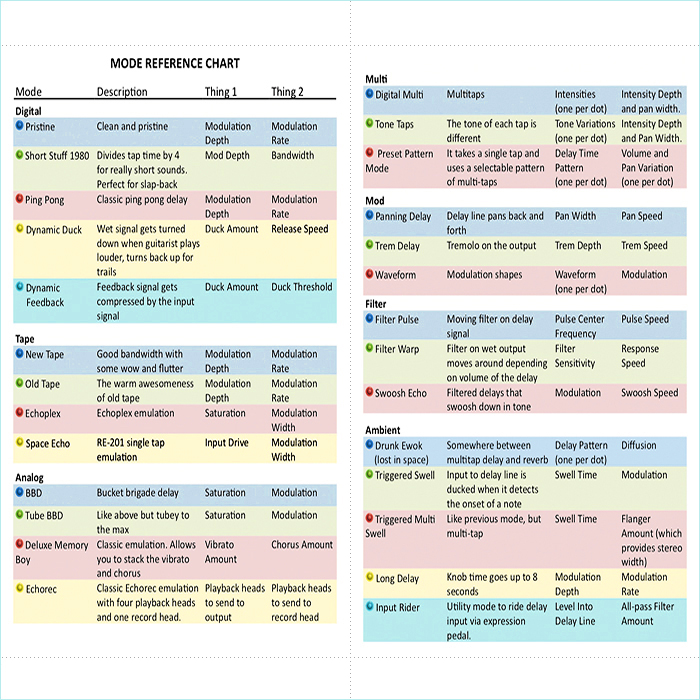
I've referred to Empress as the Canadian Strymon before and the comparison is useful in highlighting the high attention to detail both companies employ in everything they do. Probably my favourite delay pedal of all time is the Empress EchoSystem - which is currently on hiatus from my pedal-chain as I'm doing things slightly differently nowadays - but overall - that Delay pedal is just immense - I really don't feel that there's anything out there that properly holds a candle to it - although the Strymon TimeLine, Boss DD-500, Eventide TimeFactor and Source Audio Nemesis are pretty top-notch too.
What makes the EchoSystem really work is the colour-coded system of LEDs on the Modes / Algorithms and Presets. The use of colour is always a key facet of great instruction manuals - and the EchoSystem guide - is one of the great manuals for a pedal of this complexity - which covers everything in just 28 A6 pages.
The above image displays two of the pages where the manual is kind of sealed open for me since the start or pages 7/8 - as a reference guide for the pedal's core algorithms - handily colour-coded here for easier reference - which also aids in line separation and legibility.
Final Thoughts
The more I think about it - the more important manuals are really to the initial bonding experience with a pedal - particularly for slightly more complex units with secondary / alternative functions. Having a quick and easy to reference guide to move you forward in the most expedient manner should surely be the aim of every pedal builder. Yet there are still manuals out there that confuse and obfuscate - and where you struggle to easily find answers and follow-on steps.
A lot of the time manuals seem to be treated as an after-thought, while they are really more important than most builders perceive. As many a pedal aficionado is short on patience - and won't always take sufficient time to figure out things properly for themselves. Without proper guidance they may set the pedal up 'wrong' get unsatisfactory tones - and be done with the whole experience. So it's really in everyone's best interest to have easy-to-read and reference pictographical manuals - with some safe embarkation / starting points!
For sure I've probably left out some other notables here. Do let me know if this is missing some of your favourites and why - and I will consider appending them, or including in separate follow-up articles.

